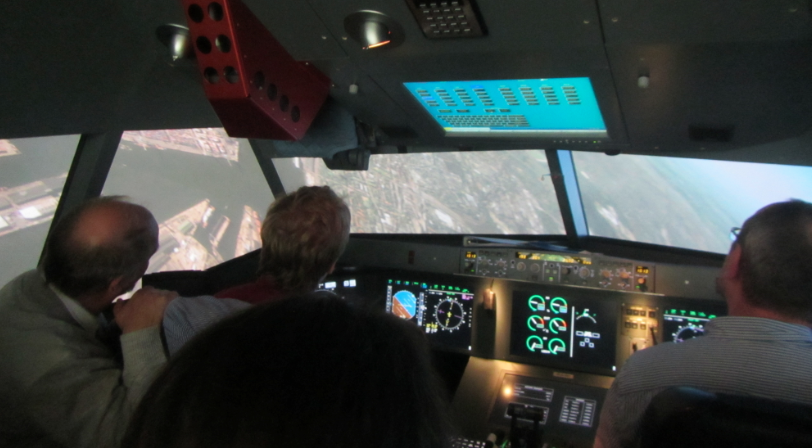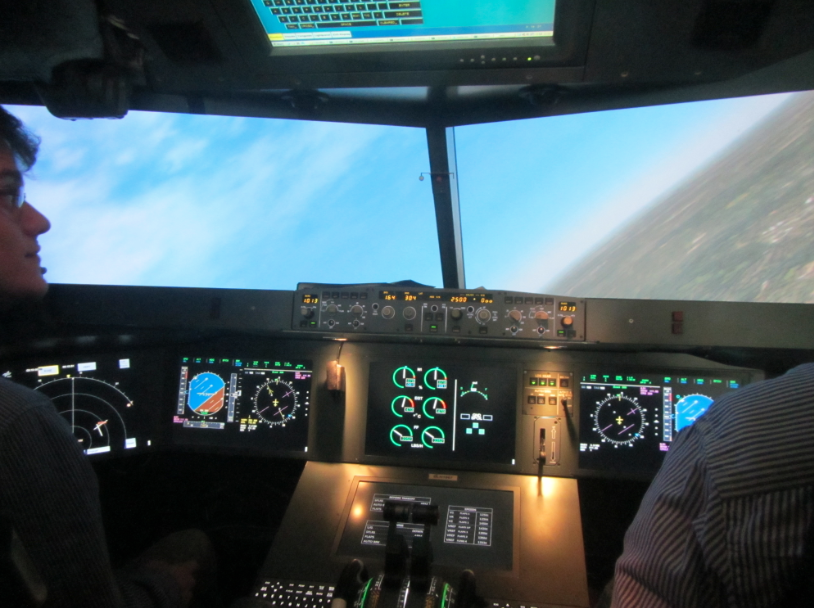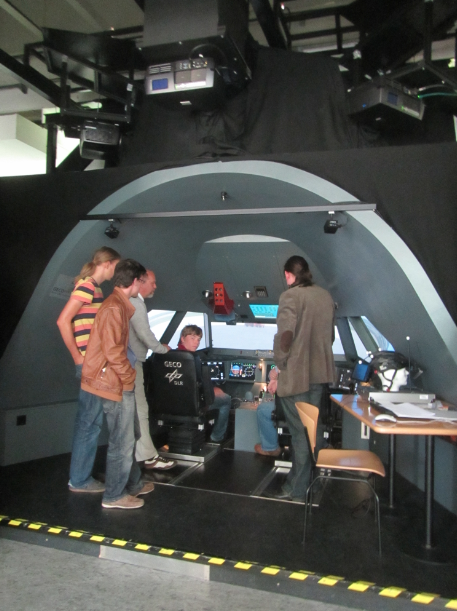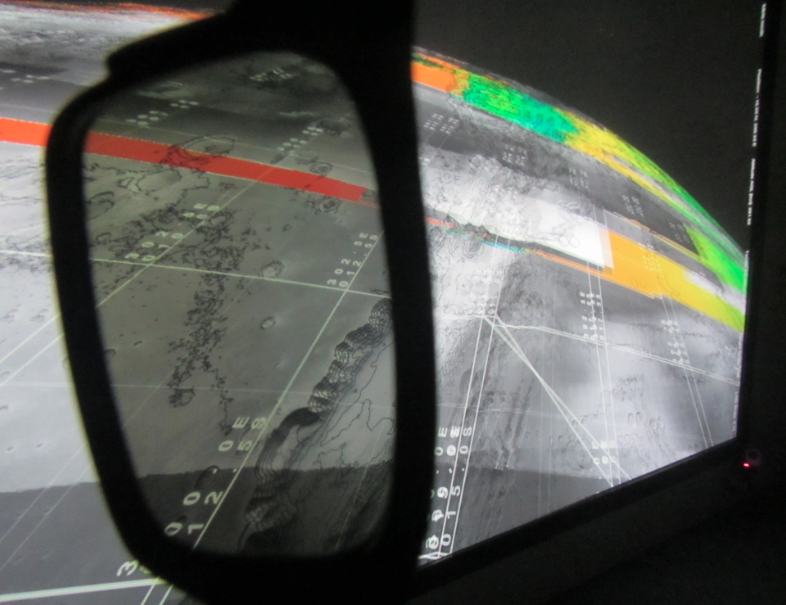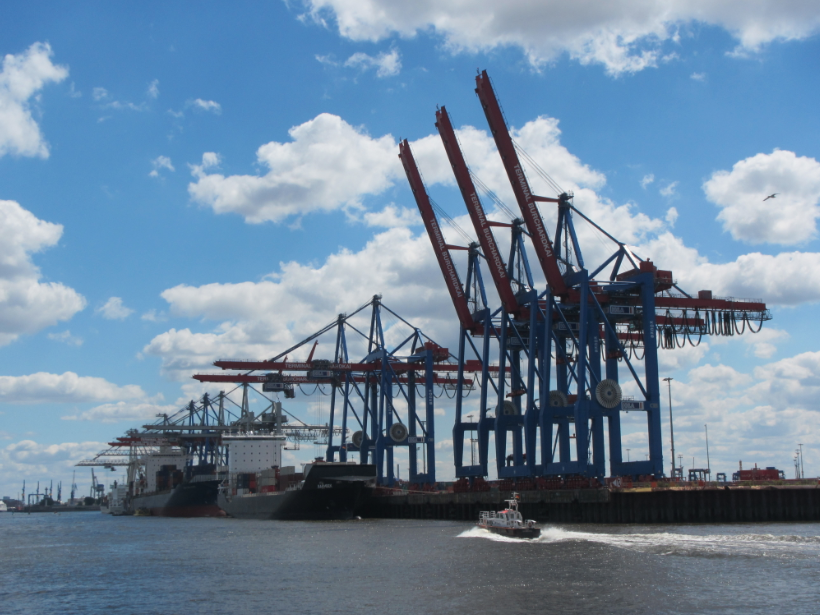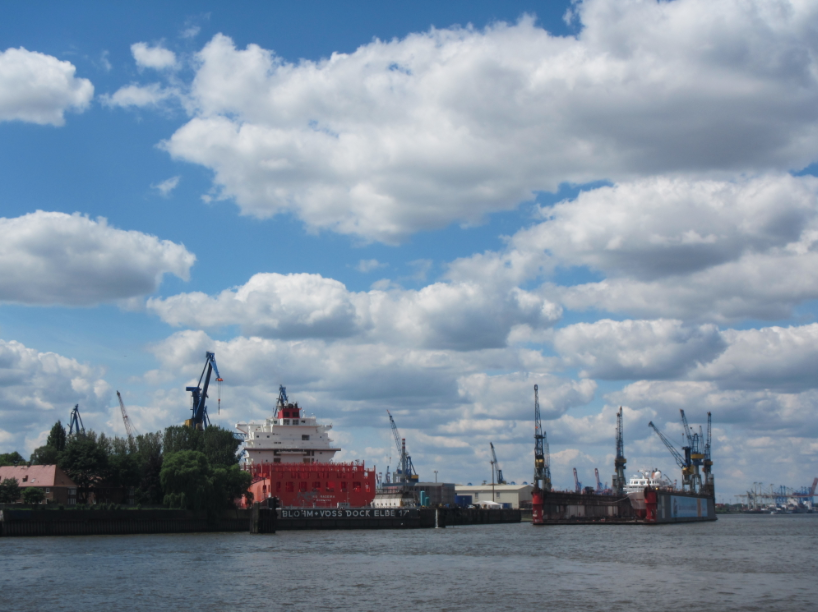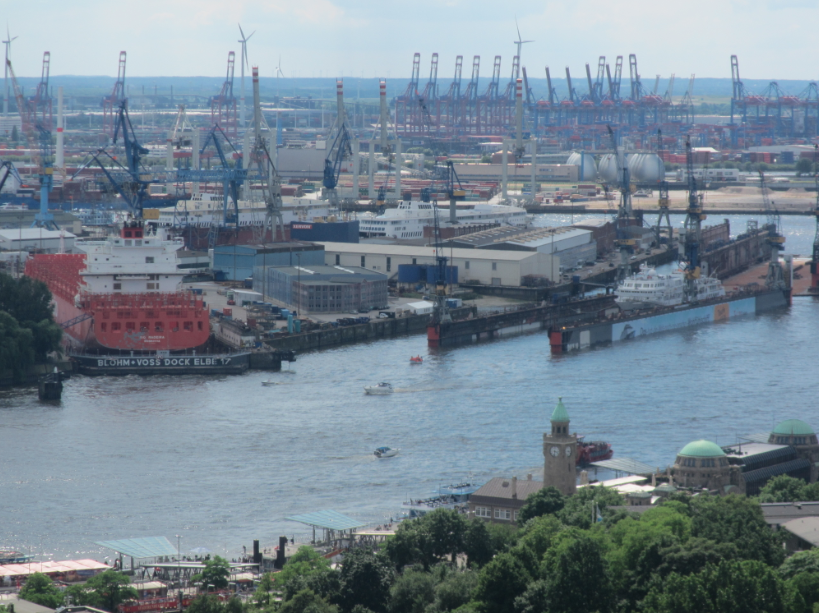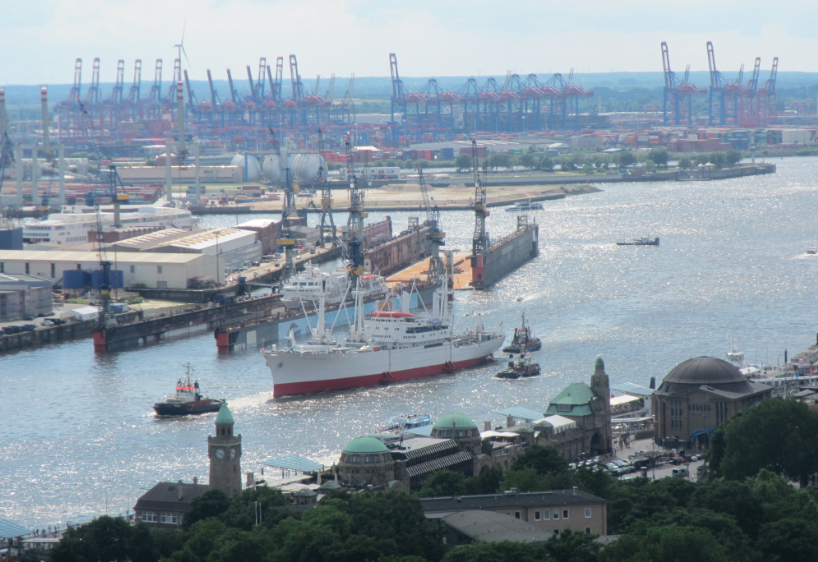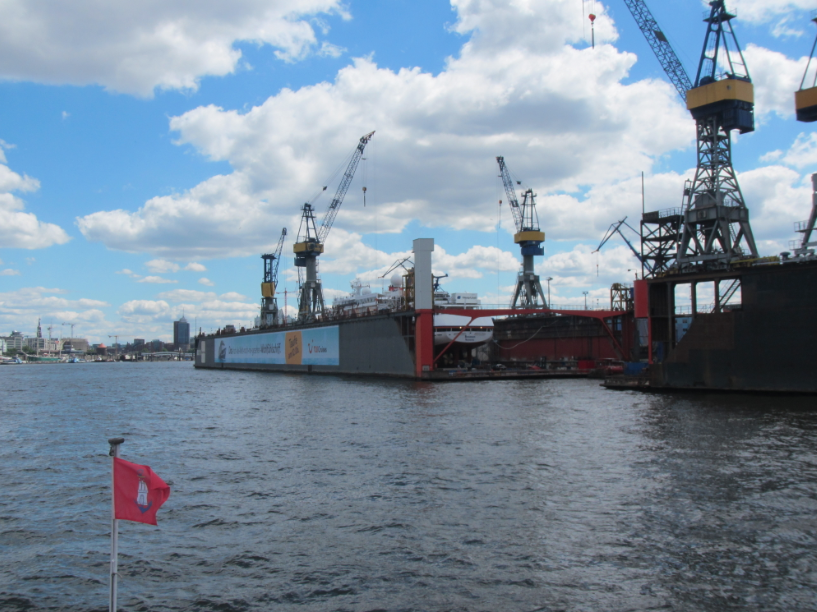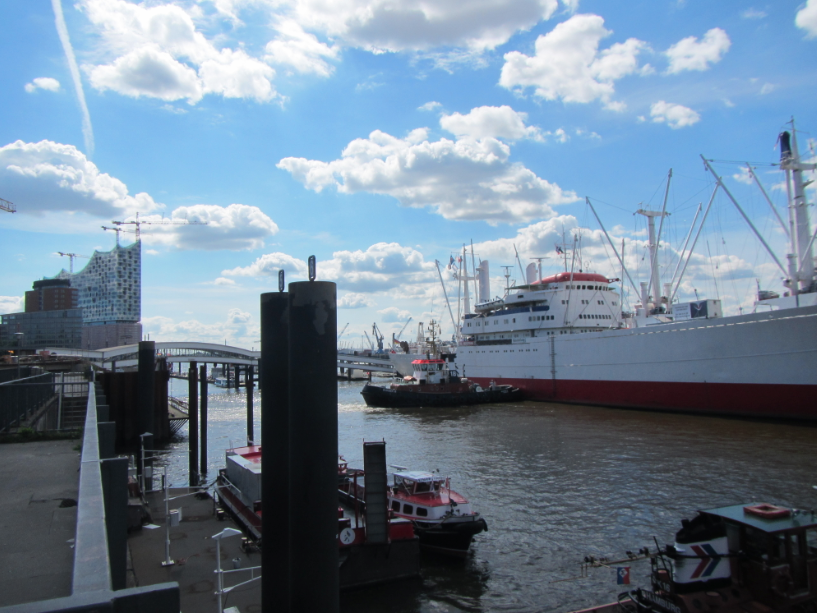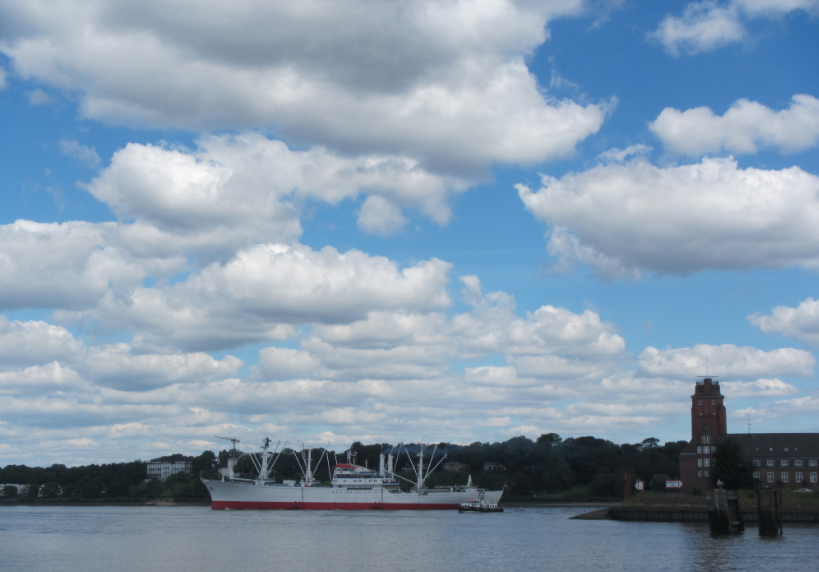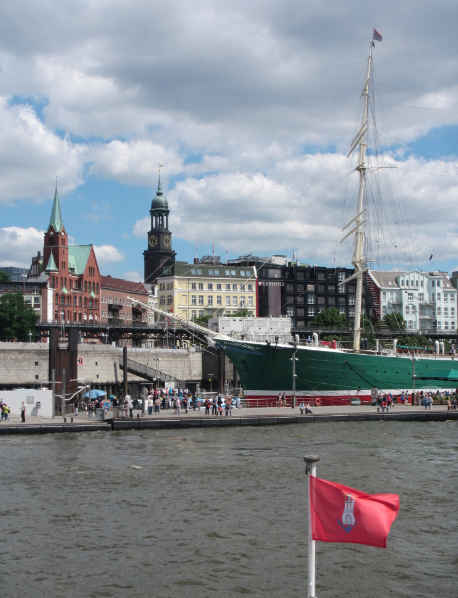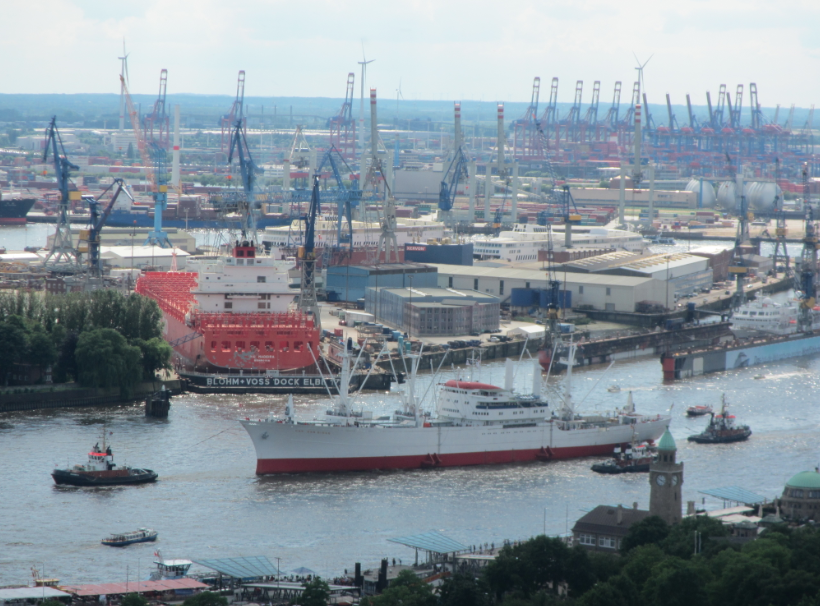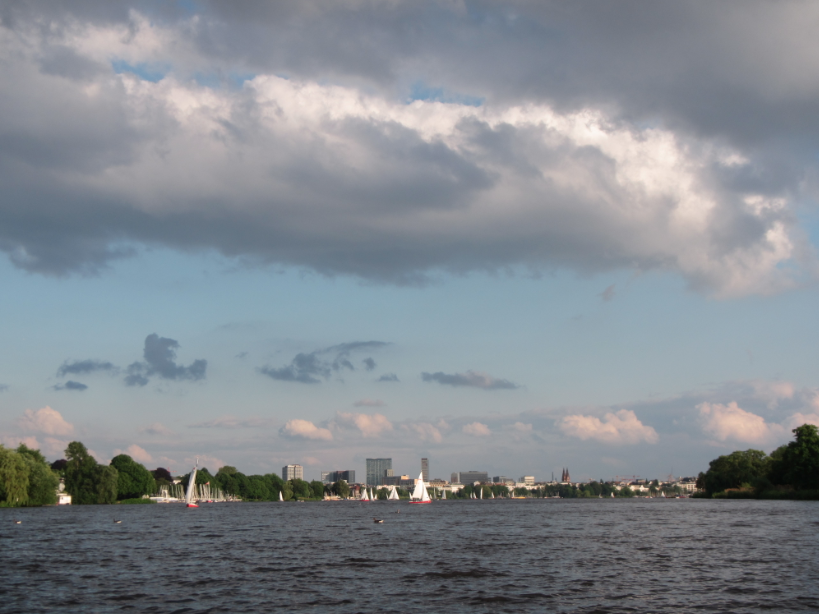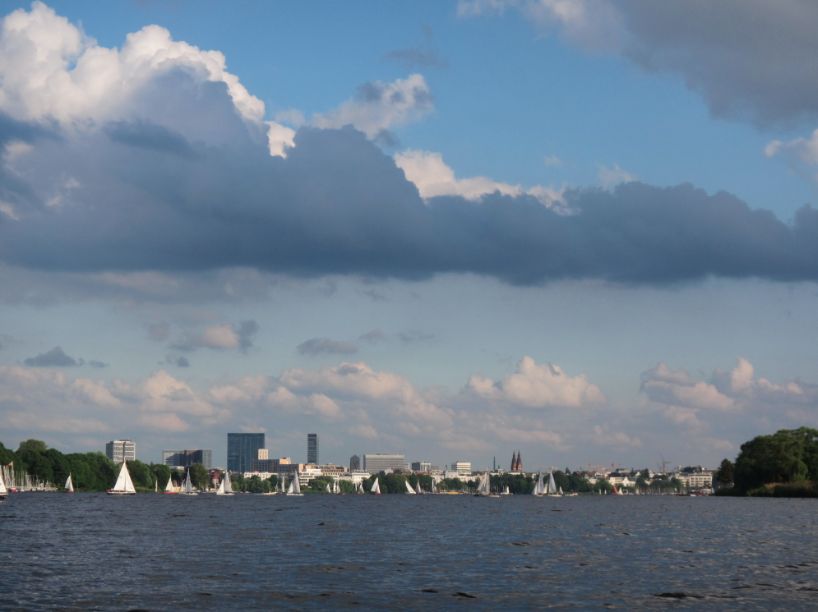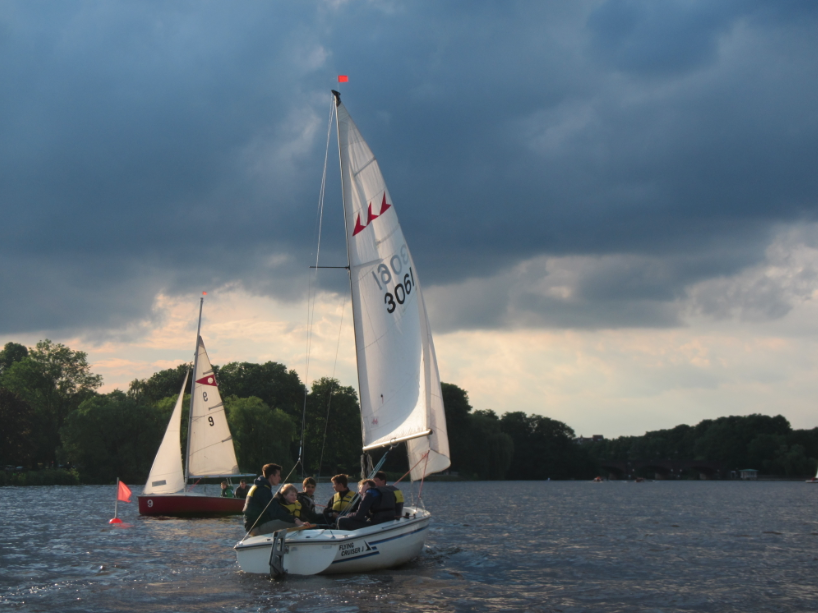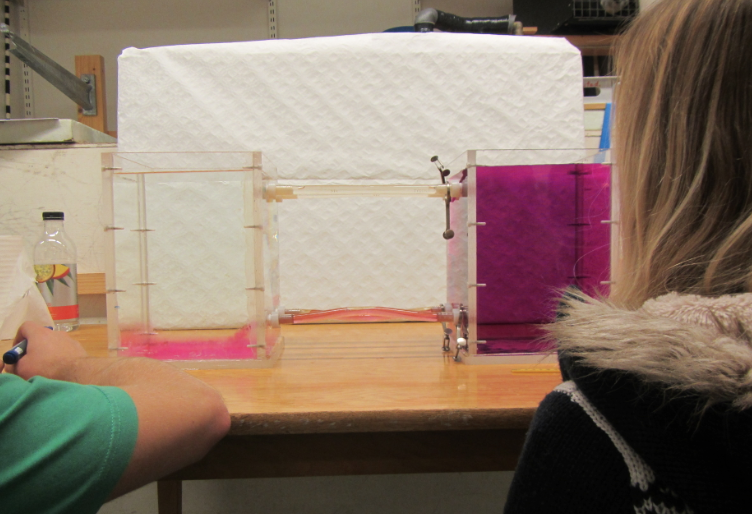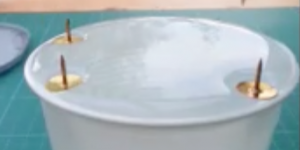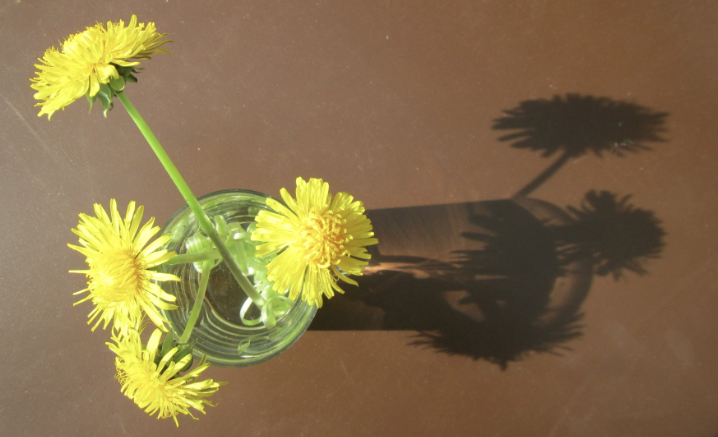How do you ask questions that really make students think, and ultimately understand?
I’ve only been working at a center for teaching and learning for half a year, but still my thinking about teaching has completely transformed, and still is transforming. Which is actually really exciting! :-) This morning, prompted by Maryellen Weimer’s post on “the art of asking questions”, I’m musing about what kind of questions I have been asking, and why. And how I could be asking better questions. And for some reason, the word “thermocline” keeps popping up in my thoughts.
What a thermocline is, is one of the important definitions students typically have to learn in their intro to oceanography. And the different ways in which the term is used: as the depth range where temperatures quickly change from warm surface waters to cold deep waters, as, more generally, the layer with the highest vertical temperature gradient, or as seasonal or permanent thermoclines, to name but a few.
I have asked lots of questions about thermoclines, both during lectures, in homework assignments, and in exams. But most of my questions were more of the “define the word thermocline”, “point out the thermocline in the given temperature profile”, “is this a thermocline or an isotherm” kind, which are fine on an exam maybe, than of a kind that would be really conductive to student learning. I’ve always found that students struggled a lot with learning the term thermocline and all the connected ones like isotherm, halocline, isohaline, pycnocline, isopycnal, etc.. But maybe that was because I haven’t been asking the right questions? For example, instead of showing a typical pole-to-pole temperature section and pointing out the warm surface layer, the thermocline, and the deep layer*, maybe showing a less simplified section and having the students come up with their own classification of layers would be more helpful? Or asking why defining something like a thermocline might be useful for oceanographers, hence motivating why it might be useful to learn what we mean by thermocline.
In her post mentioned above, Maryellen Weimer gives several good pieces of advice on asking questions. One that I like a lot is “play with the questions”. The main point is that “questions promote thinking before they are answered”. So rather than trying to make students come up with the correct answer as quickly as possible after the question has been posed, why not let them produce multiple answers and discuss the pros and cons before settling on one of the answers? Or why not ask a question, not answer it right away, and come back to asking it over the course of the lesson or even over several lessons? I think the fear is often that if students don’t hear the right answer right away, they’ll remember a wrong answer, or lose interest in the question. However, even though this does sound plausible, this might not be how learning actually works.
A second piece of advice that I really liked in that post is “don’t ask open-ended questions if you know the answer you’re looking for”. Because what happens when you do that is, as we’ve probably all experienced, that we cannot really accept any answer that doesn’t match the one we were looking for. Students of course notice, and will start guessing what answer we were looking for, rather than deeply think about the question. This is actually a problem with the approach I suggested above: When asking students to come up with classifications of oceanic layers from a temperature section – what if they come up with something brilliant that does unfortunately not converge on the classical “warm upper layer, thermocline, cold deep layer” classification? Do we say “that’s brilliant, let’s rewrite all the textbooks” or “mmmh, nice, but this is how it’s been done traditionally”? Or what would you say?
And then there is the point that I get confronted with all the time at work; that “thermocline” is a very simple and very basic term, one that one needs to learn in order to be able to discuss more advanced concepts. So if we spent so much of our class time on this one term, would we ever get to teach the more complicated, and more interesting, stuff? One could argue that unless students have a good handle on basic terminology there is no point in teaching more advanced content anyway. Or that students really only bother learning the basic stuff when they see its relevance for the more advanced stuff. And I actually think there is some truth to both arguments.
So where do we go from here? Any ideas?
—
* how typical a plot to show in an introduction to oceanography that one is, is coincidentally also visible from the header of this blog. When I made the images for the header, I just drew whatever drawings I had made repeatedly on the blackboard recently and called it a day. That specific drawing I have made more times than I care to remember…
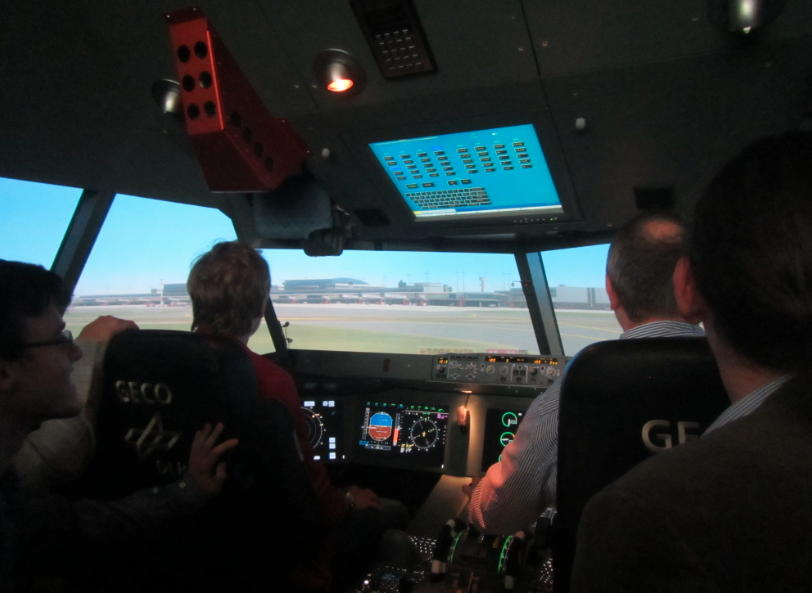 For all of you getting nervous now, let me take a step back and show you another picture:
For all of you getting nervous now, let me take a step back and show you another picture: